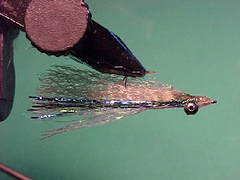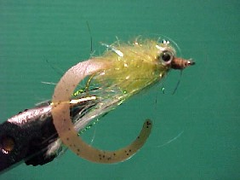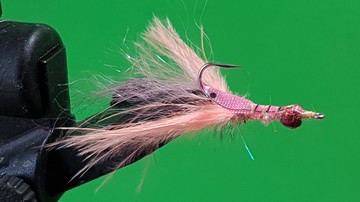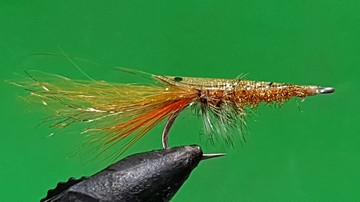Posts Tagged ‘Bream’
{{start}}
Bream are both opportunistic feeders and predators in that on the one hand they will foraging around the bottom, in and around structure for tucker yet on the other hand they will will take advantage of structure and wait for food to come to them. They eat a wide range of tucker including prawns, shrimp and other crustaceans, crabs, molluscs such as oysters and worms. They generally feed in small group from the same cohort in and around weed beds, drowned timber, man made structures including bridge pylons, pontoons and bridges, under moored boats and even on flat open sandy and muddy bottoms searching for food.
You can fish for bream on a #6 weight outfit and very light leaders and that can be a lot of fun but in Central Queensland I suggest that you go up to an #8 weight outfit with a leader that has a butt section half the rod length of 12lb and a tippet half the rod length of up to 7lb fluorocarbon. The reason for the heavier outfit in CQ is that you never know when your going to get more than what you bargained for from other species including grunter, flathead, pelagics or even barramundi.
My default fly line is an intermediate but I do carry a floating line for surface feeding bream and very shallow water and a fast sink line for deeper water or to contend with currents and wind.
In any case put in a long cast to where the fish or holding or you expect them to hold and retrieve the fly or flies using a range of retrieves until you work out what suits the bream and the conditions at that time. Hits can be on the drop, retrieve, a pause, the hang or on the lift. Don’t strike at a hit to aggressively and just hand strike the line or wrist strike the fly rod to set the hook. If the fish doesn’t hook up let the fly settle as the same fish or others are just as likely to try again.
During summer most bream caught in estuary waters will generally be 20cm to 30cm in length but in the depths of winter particularly around river mouths, rock walls and rocky reefs you can expect congregations of generally bigger bream.
{{end}}

{{+1}}Crazy charlie{{-1}}
{{start}}
There have been many variations and adaptations. My version is based on the original tailed version and works well in estuaries on bream, whiting and flathead etc. I tie all my crazy Charlie flies much fuller with translucent materials rather than sparse with solid materials. I also tie my crazy Charlie flies longer than the hook shank and trim them down on the water if a shorter fly is needed.{{end}}

{{+1}}Chatto’s estuary fly{{-1}}
{{start}}
This fly has now accounted for bream, flathead, whiting, trevally, mullet, tailor, flounder, bass and trout. I expect it will be attractive to many other species also. Native fresh water Bass are a favourite of mine and if I could only carry one type of sinking fly to target then with the Black Estuary/Bass fly would be it.{{end}}

{{+1}}PET shell nipper{{-1}}
{{start}}
This PET shell nipper is significantly different to my PET shell prawn as that is unweighted and is designed to fish hook bite down whereas this nipper has a weight under its tail and is designed to be fished on the sandy bottom with the hook bite up.{{end}}

{{+1}}PET shell prawn{{-1}}
{{start}}
Prawns and shrimp are crustaceans, of the family Isopod, and are endemic to our Australian estuary waters. They are toward the top of the food chain for a lot of coastal species of fish including bream, flathead and whiting.{{end}}













